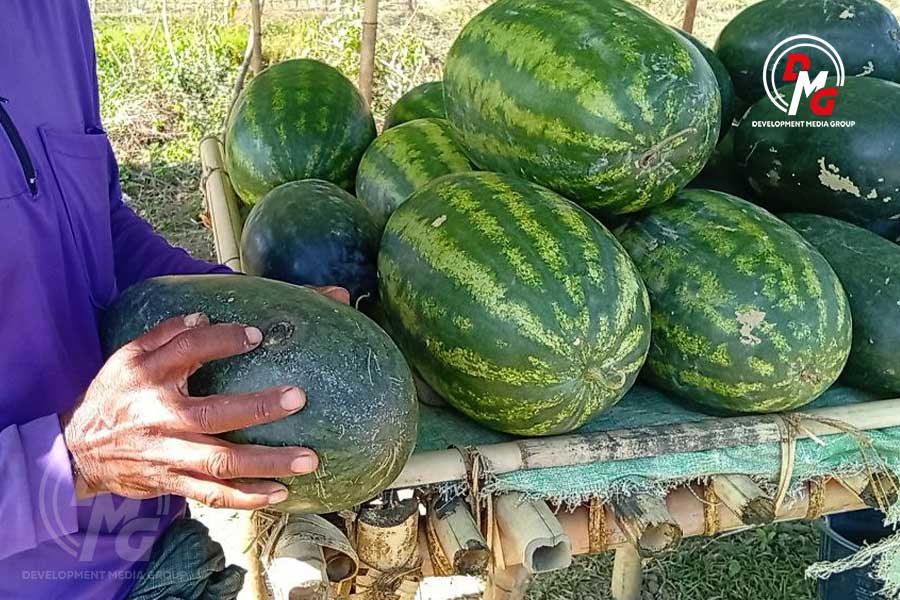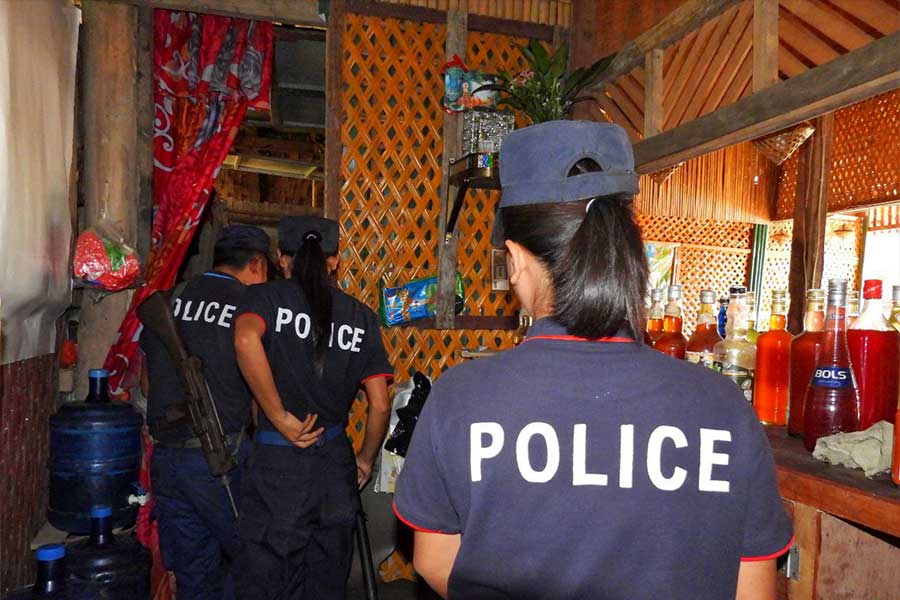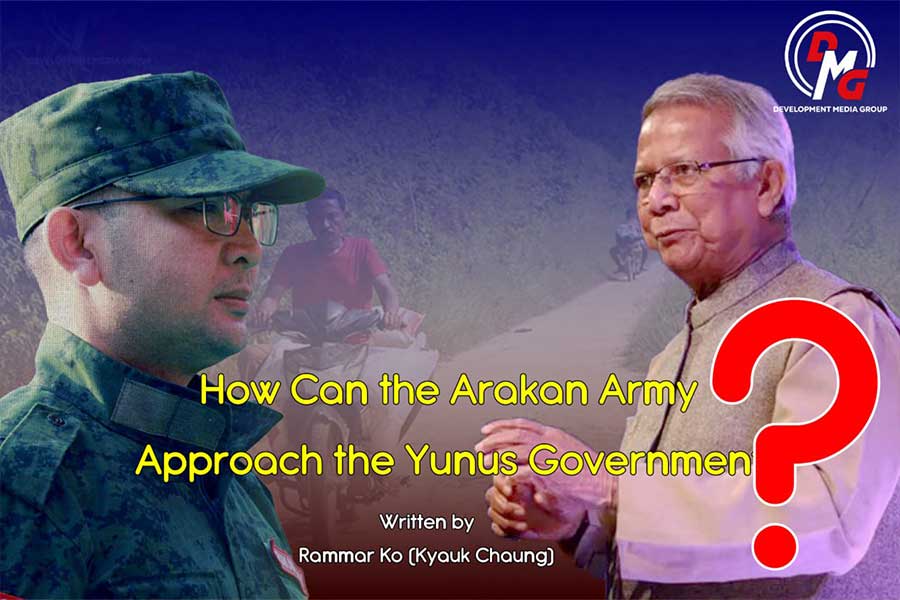- Arakan Army attacks junta camps in Sittwe
- Watermelon farmers in Arakan State hit by low demand and rising costs
- Weekly Highlights from Arakan State (Dec 29, 2025-Jan 4, 2026)
- Family appeals ULA court ruling over Pauktaw village murder
- Arakan State's fishing industry struggles amid junta blockades and security threats
Women’s voices still missing from too much reporting and too many newsrooms in Myanmar: journalists
A gender gap persists among Myanmar media, with fewer women being employed in ethnic media and fewer women’s voices being represented in media reports, according to journalists and women’s rights activists.
16 Feb 2023

DMG Newsroom
16 February 2023, Sittwe
A gender gap persists among Myanmar media, with fewer women being employed in ethnic media and fewer women’s voices being represented in media reports, according to journalists and women’s rights activists.
Burma News International organised an online discussion on ethnic media and the voices of women on Wednesday.
The country’s newsrooms have been traditionally dominated by men because of the entrenched notion that women should not engage in the journalistic profession, according to the editor-in-chief of the Karen Information Center (KIC), Nan Phaw Ghay.
“The widely held view in society is that media careers are not suitable for women. So, women can’t work in newsrooms due to this stereotypical view,” she said.
Making matters worse, women only represent a small percentage of voices published in ethnic media, said journalists who participated in Wednesday’s online discussion.
Zuu Padonmar, the joint general secretary of the Burmese Women’s Union, said reporting from the perspectives of women has not yet reached a satisfactory level.
“Much remains to be done to convey the voices of women regarding women’s issues, and to write reports about politics, economy, crisis and global affairs from the perspectives of women. Media platforms still have much to do to represent women in ethnic areas,” she said.
Some media outlets have adopted policies striving for at least 30 percent female representation in their newsrooms, said the chief editor of the Shan Herald Agency for News, Sai Mein.
“If we don’t have policies that favour women, women will still be oppressed. So [ethnic media] have adopted policies to ensure 30 percent of their workforces are women,” he said.
Gender discrimination in Myanmar is long-running, and takes various forms. Female participation in the country’s policy-making, decision-making, politics, and business remains low.














.jpg)


